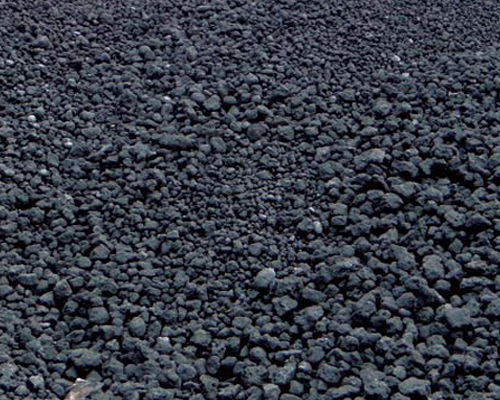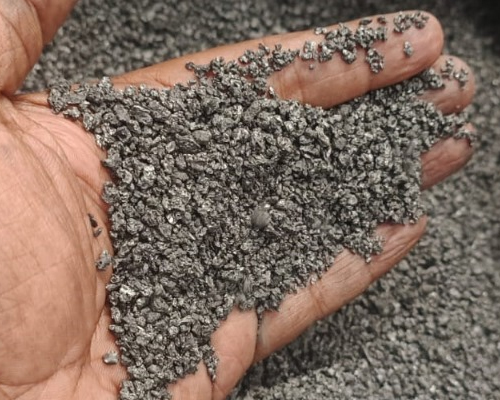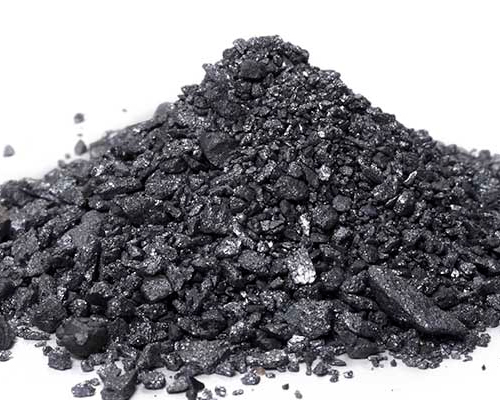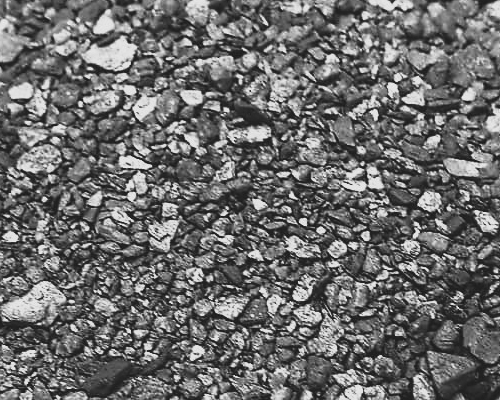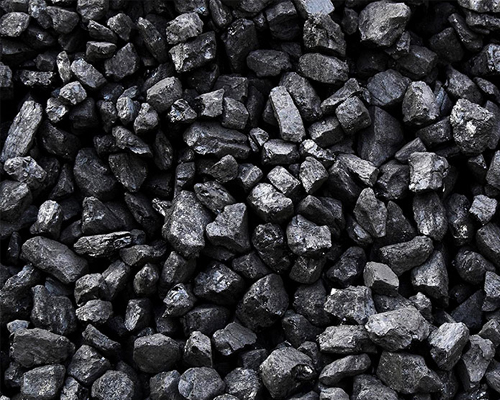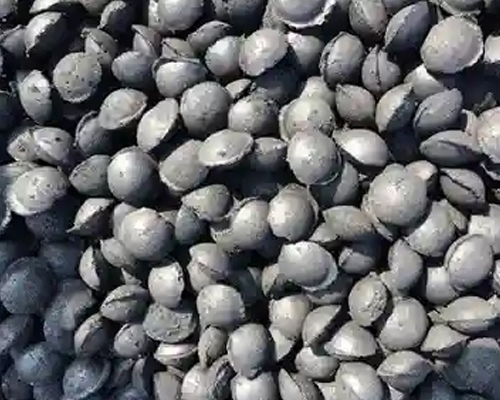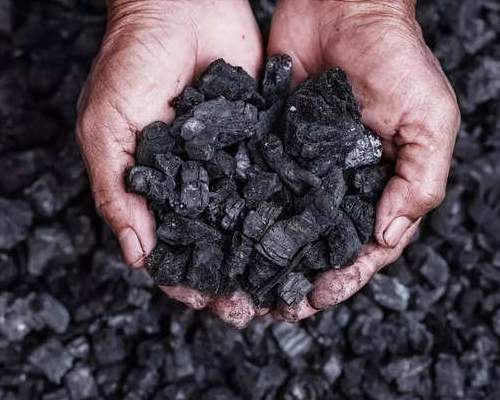- Mon-Sat - 10:00am to 07:00pm
- info@seasomcarbon.com
- +91 230 2433983, 2421474
Calcined Anthracite
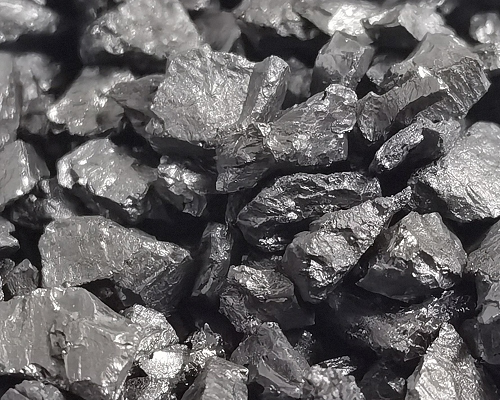 Calcined anthracite is a high-temperature-treated form of anthracite coal. The calcination process involves heating raw anthracite coal to high temperatures, typically above 1,200 degrees Celsius, in the absence of air. This process drives off volatile compounds and removes impurities, resulting in a material with enhanced carbon content and specific properties.
Calcined anthracite is a high-temperature-treated form of anthracite coal. The calcination process involves heating raw anthracite coal to high temperatures, typically above 1,200 degrees Celsius, in the absence of air. This process drives off volatile compounds and removes impurities, resulting in a material with enhanced carbon content and specific properties.
Key features of calcined anthracite:
1. High Carbon Content: Calcined anthracite has a higher carbon content compared to raw anthracite coal. The calcination process removes volatile matter, moisture, and other impurities, leaving behind a more carbon-rich material.
2. Low Volatile Matter: The calcination process significantly reduces the volatile matter content of anthracite, making calcined anthracite a cleaner-burning and more stable carbon source.
3. Increased Hardness: Calcined anthracite is often harder than raw anthracite due to the removal of volatile components. This increased hardness can make it suitable for certain industrial applications.
Industrial Uses:
1. Steel Production: Calcined anthracite is used as a carbon additive in the production of steel. It serves as a recarburizer, providing carbon content to the molten iron during the steelmaking process.
2. Ferrous Foundries: It is employed in foundry applications to improve the carbon content of the melt and control the composition of cast iron.
3. Aluminum Smelting: In some cases, calcined anthracite can be used as a carbon additive in the production of aluminum, similar to its application in steelmaking.
4. Carbon Raisers: Calcined anthracite is sometimes used as a carbon raiser in various industrial processes where an increase in carbon content is required.
| Parameter | Values | Range | |||||
| Ash | % | 3 - 9 | |||||
| Volatile Matter | % | 1 - 3 | |||||
| Sulphur | % | 0.3 - 1 | |||||
| Moisture | % | 0.5 - 1 | |||||
| Size | MM | 0 - 5 , 1 - 5 , 5 - 10 | |||||
| Packing | In loose or as desired | ||||||

